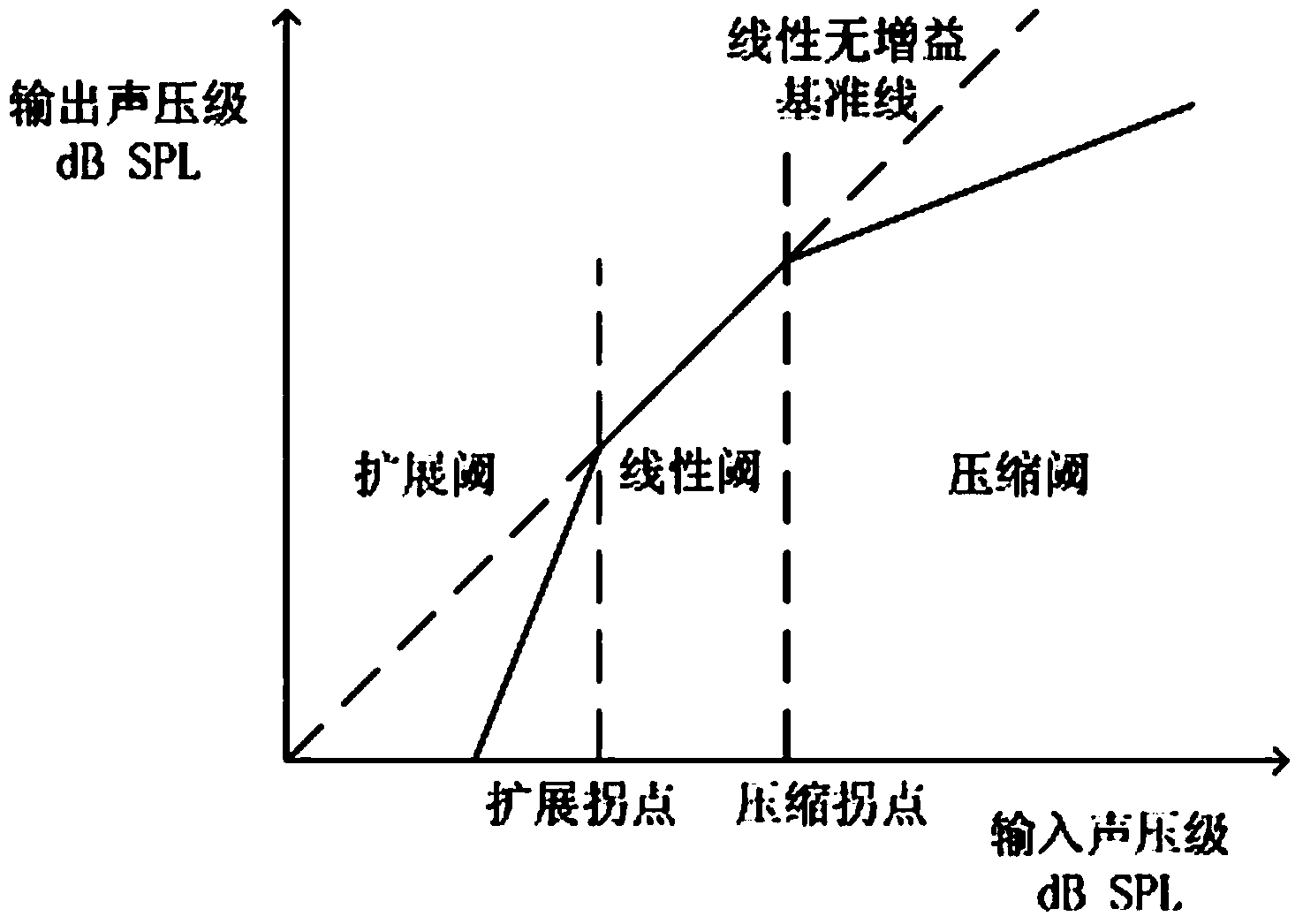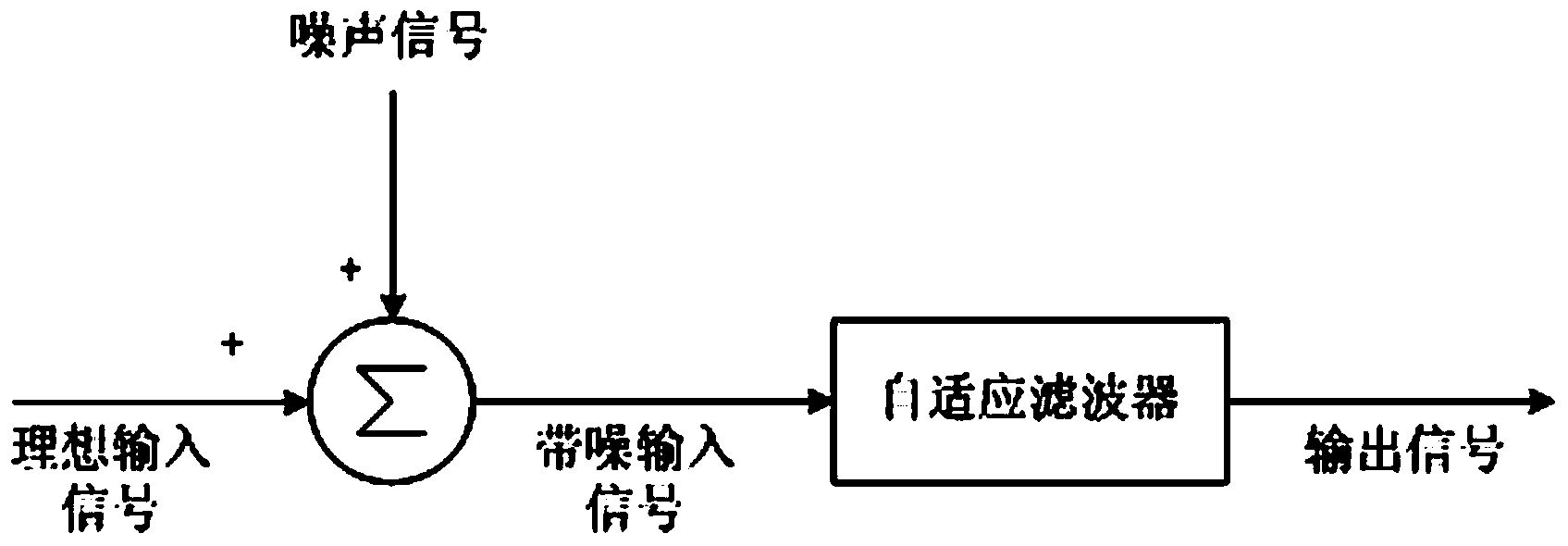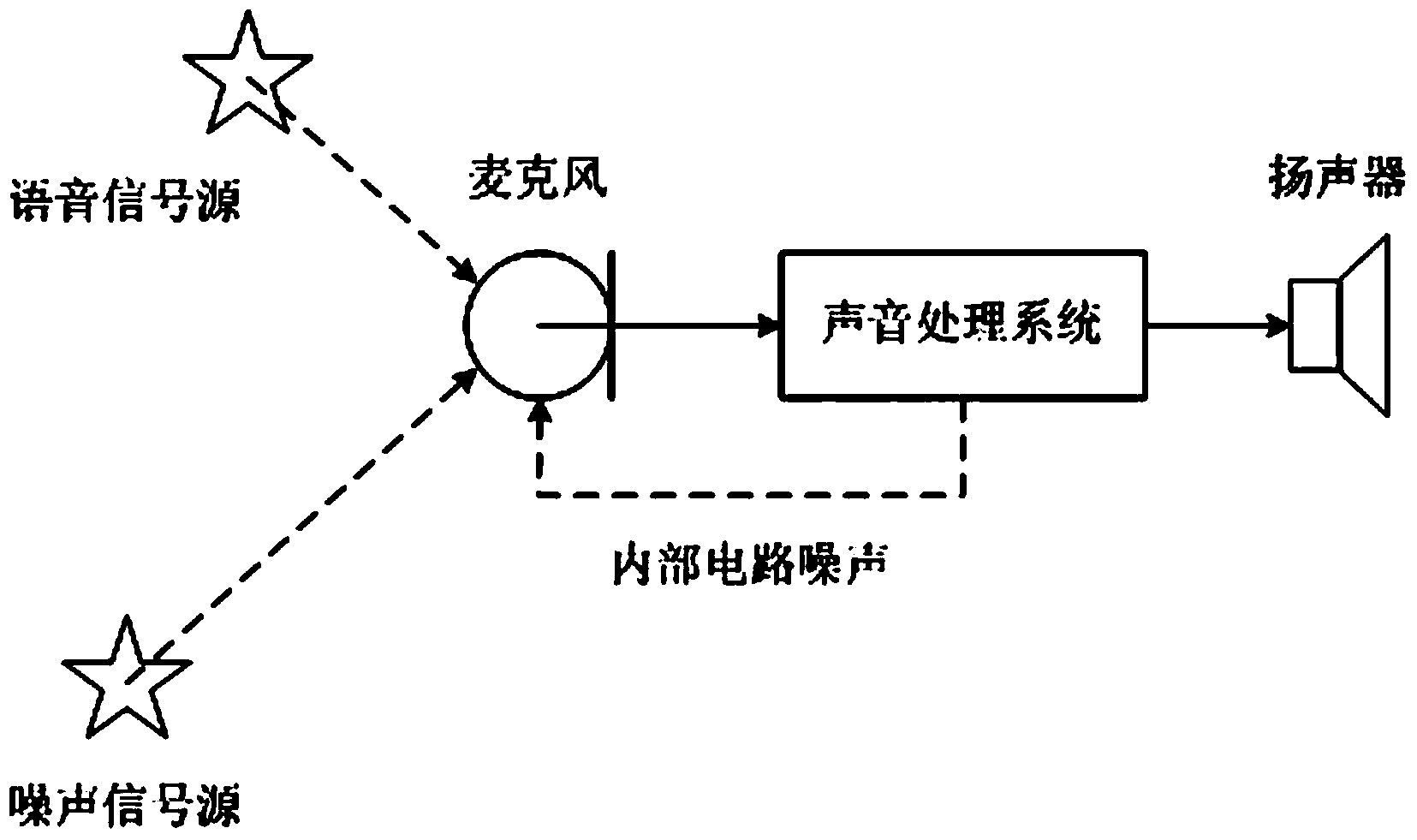Self-adaptive denoising method and system based on sub-band noise analysis
A noise analysis and self-adaptive technology, applied in speech analysis, instruments, etc., can solve problems such as reducing sound quality, attenuation, and affecting output sound quality
- Summary
- Abstract
- Description
- Claims
- Application Information
AI Technical Summary
Problems solved by technology
Method used
Image
Examples
Embodiment Construction
[0058] The present invention will be further described in conjunction with the accompanying drawings and specific embodiments.
[0059] As a specific embodiment, in order to clearly illustrate the method of the present invention, the present invention uses a single microphone as a signal source acquisition device, such as image 3 As shown in , a single microphone collects the target sound source and the noise source at the same time, and obtains a noisy analog signal; as Figure 4 As shown, the collected noisy analog audio signal is firstly processed through band-pass filtering and amplification, and then the noisy digital audio signal is obtained through analog-to-digital conversion; as Figure 5 As shown, the noisy digital audio signal undergoes short-time-frequency transformation to obtain the digital noisy signal S of the frequency domain subband in (n,k). The present invention is aimed at the digital band noise signal S of this frequency domain sub-band in (n, k) for ...
PUM
 Login to View More
Login to View More Abstract
Description
Claims
Application Information
 Login to View More
Login to View More - R&D
- Intellectual Property
- Life Sciences
- Materials
- Tech Scout
- Unparalleled Data Quality
- Higher Quality Content
- 60% Fewer Hallucinations
Browse by: Latest US Patents, China's latest patents, Technical Efficacy Thesaurus, Application Domain, Technology Topic, Popular Technical Reports.
© 2025 PatSnap. All rights reserved.Legal|Privacy policy|Modern Slavery Act Transparency Statement|Sitemap|About US| Contact US: help@patsnap.com



